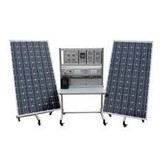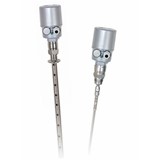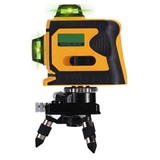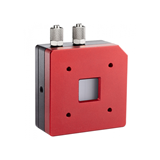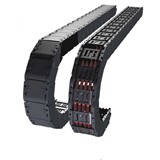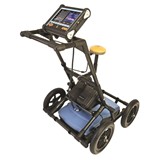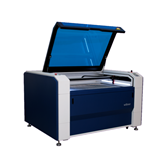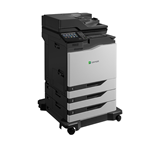A state-of-art lidar (laser radar) system acquired by the CRC for Contamination Assessment and Remediation of the Environment (CRCCARE) to help prevent dust and atmospheric pollution in Australia is being used to perfect the design of what could become the world’s largest wind farm, at Lake Turkana in northern Kenya.
The first stage of the vast project will have 365 turbines producing 300 megawatts of power, possibly growing to as much as 2000MW in future. It is located in one of the remotest and poorest desert regions on Earth, in the cradle where modern humans first evolved.
"It’s an absolutely massive project – in renewable energy terms it’s the equivalent of discovering a major oil field. It will supply 20-30 per cent of all Kenya’s power needs, and potentially neighbouring East African countries," John Sutton, of CRC CARE and Curtin University, who developed the sophisticated lidar analytical technology, said.
"We have been collaborating with scientists at Arizona State University to extend the laser radar technology to wind energy applications."
The $775m Lake Turkana Wind Power Project is being built by an international consortium led by Dutch firm KP&P Africa, and is the largest single development in Kenya’s history. Construction is due to begin in June, and energy generation in 2014. The first stage alone will make it the largest wind-farm in Sub-Saharan Africa.
"It’s in really unusual country, very hot, dry and windy – like parts of Australia. At Turkana the jet stream is channelled between two mountain ranges and blows at a steady average of 11 metres a second, day and night," Sutton explained.
"The project needs detailed models and maps of the wind flow over this complex terrain to design the farm and place the turbines in the best locations."
The team used a pulsed coherent Doppler lidar "wind tracer", which uses a laser beam to scan and measure wind vectors by bouncing light off wind-borne dust particles, over an area of up to 400 square kilometres.
"Our technology was able to measure the wind field at points every 100 metres across the entire landscape every 10 minutes with precision. The results were used to validate the models being used to design the wind farm," Sutton said.
"This is truly powerful technology. The wind farm means the economies of Kenya and East Africa can now accelerate their economic development. That in turn will bring a profound change to the lives and opportunities of millions."
The Doppler lidar instrument was originally developed to measure wind-shear at airports, but in CRC CARE the research team developed algorithms that enabled it to analyse pollution plumes in the atmosphere. These are currently being employed to help industry to reduce dust and other forms of air contamination in Australia.
"For example it helps large miners to dramatically reduce the cost of monitoring and controlling dust pollution from mining, stockpiling and ship loading activities," Sutton said.
"Basically it enables us to study atmospheric processes – whether for the purpose of preventing industrial pollution, detecting windshear at airports or for generating energy more efficiently."
The managing director of CRC CARE, Professor Ravi Naidu, said that the novel application of the lidar in East Africa was an example of how clean Australian technology could make a major difference to the lives and prospects of millions around the world.
"This is an important new use of a technology which we have invested in, because it will enable several developing countries to achieve much faster growth while sidestepping the traditional polluting phase of industrial development," he said.
"This is truly clean development and is in keeping with our philosophy that it is better to prevent contamination in the first place than to clean it up afterwards."
Professor Naidu said that CRC CARE was working on a number of other technologies for clean water and energy, in partnership with institutions in countries such as India and China as well as organisations in Australia that could bring profound benefit both to Australians and to millions in the developing world.


